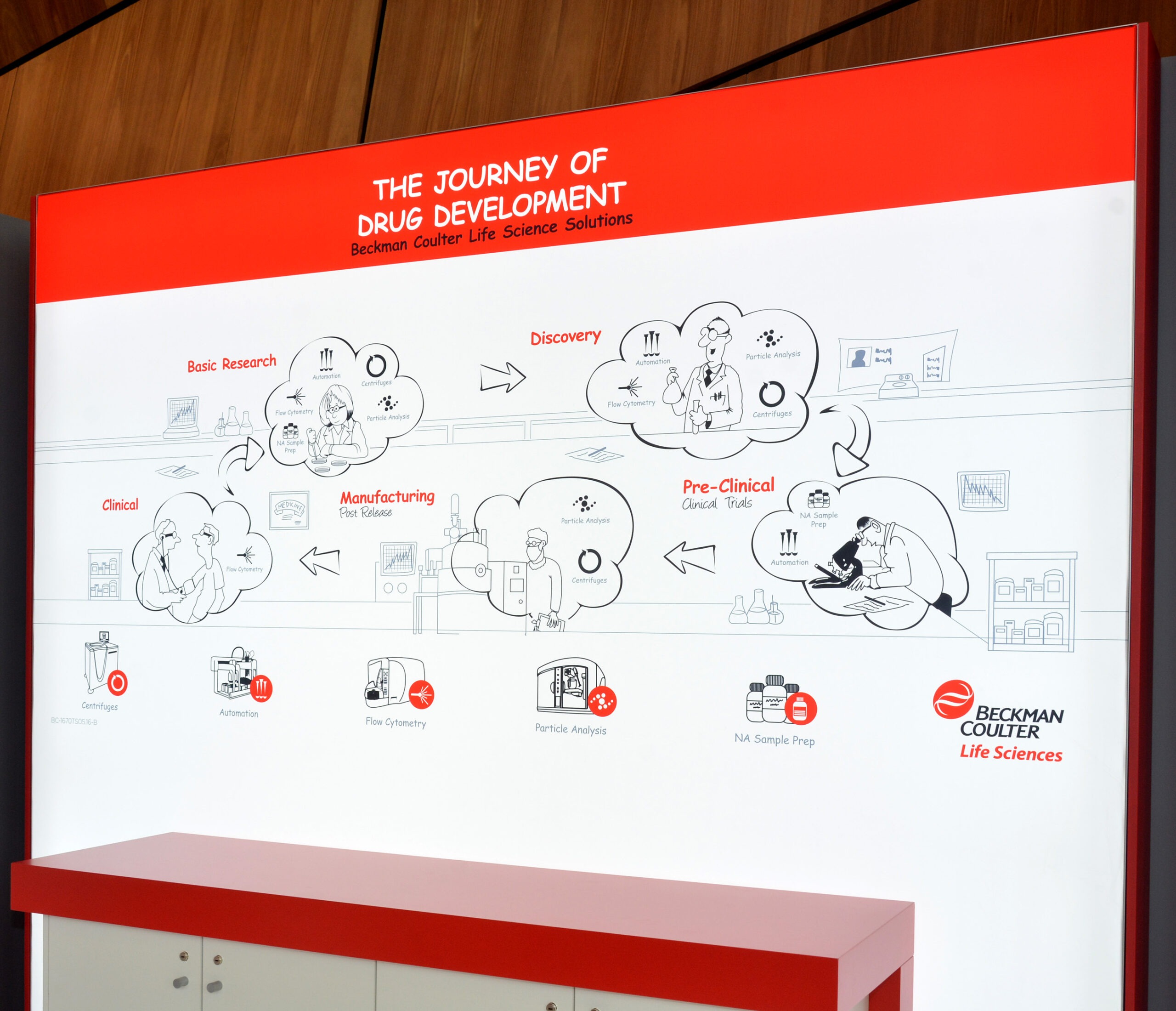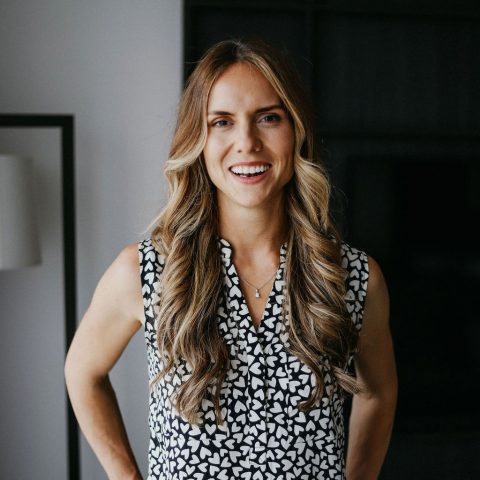It’s true that having a wonderfully large budget might open up your exhibit design to higher quality finishes and enable you to add more technology to your stand experience, but it isn’t the most important part of your exhibit brief.
Trade shows are not just about the dollars spent, but the return you get from them. Whether your goal is to create a memorable experience or increase sales in the 6 months following the exhibition, the budget shouldn’t monopolise your brief. In fact, making decisions purely based on your budget alone could hinder the overall success of your trade show presence.
When you place the spotlight on the budget, you’re more inclined to allocate your dollars first, then work out how you will use the space to achieve your goals. If you have followed us for a while, you’ll know my favourite motto is “strategy first, design second”.
Strategy first, design second.
This is by far one of the most important factors to crafting any exhibit brief. When you approach your brief with a clear idea of what you want to achieve, all decisions made around design will be focused on obtaining your goal.
If you get dealt with a smaller budget than you hoped for, it’s critical that the choices you make are adding value if you are to hit your targets. Thinking strategically about who your audience is and how you will engage them is going to set you up for success regardless of budget.
The other benefit of thinking strategy first is that you activate the creative side of your brain. This means you’re more inclined to use outside-the-box thinking to find ways your exhibit can deliver on your goal for the show. (Say goodbye to boring, or worse, pretty but ineffective exhibits).
Case study – Beckman Coulter and their purposeful exhibit
Here is a classic example from the archives – Beckman Coulter were attending an exhibition and could have done exactly what their main competition did (cover their entire stand with equipment so everything was on hand).
What they did instead was incredibly effective as we helped them deliver laser focus on their objective.
When we asked the marketing manager what they wanted to achieve at the show – it all boiled down to promoting one piece of new equipment. Their focus was on how this fit in with the “Journey of drug development”. They wanted everyone to walk away knowing the key features of their new product and how it helped with this process. Every design decision that was made, referred back to this objective.
It was only after we established this goal that we found out what budget we had to work with. Doing it this way is what helped pull the entire strategy together. We knew what materials we could use and how far we could take technology. The parameters were clear!
The design we delivered was kept incredibly simple, with height built into the back wall. Strong branding took centre stage and backlit panels were used to highlight an infographic that demonstrated the journey of the drug. It isn’t shown in the photo as it was delivered after the photographer came, but their piece of equipment sat on one of the podiums.
As people came up to learn about the piece of equipment, staff entered their details into a lead capture form and gifted conference attendees with a product brochure that was in the form of a chocolate box with key features listed on it.
It was unlike any other exhibit the company had done previously and at first they felt very exposed not having all of their gear, but it turned out to be one of the best decisions they had made.
Attendees were 3-4 people deep, taking photos of the infographic and the team enjoyed 300% more leads at this show using our approach.

So, even though budget is still important, it should never drive your brief. When strategy takes centre stage you get enhanced creativity, innovation and messaging that can be adapted to suit different budget levels. Most importantly it still kicks your goals and makes the show worthwhile.
Yours in Exhibiting,

